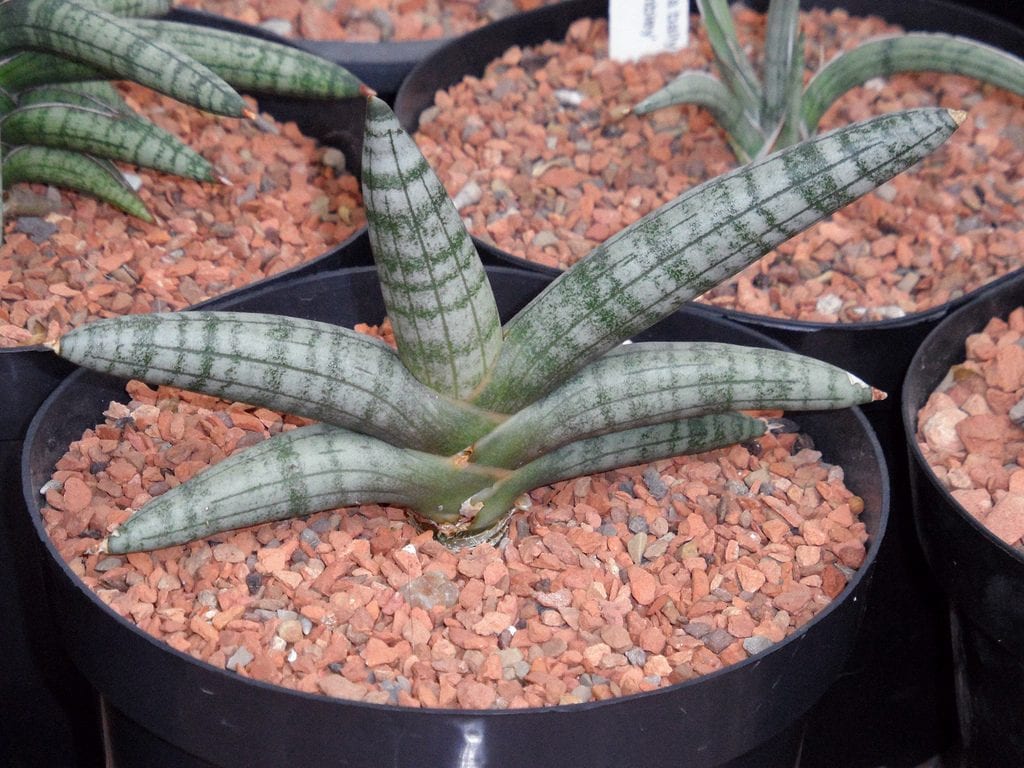
S. cylindrica var. patula 'Boncel'
La Sanseviera it is one of the most decorative plants that exist. And it is that its leaves present very beautiful shades of green, to the point that many and interesting cultivars have been created.
In addition, due to its small size, it can be kept both in gardens and in pots throughout its life. Let's get to know this curious plant that will give us so much satisfaction.
Characteristics of the Sanseviera
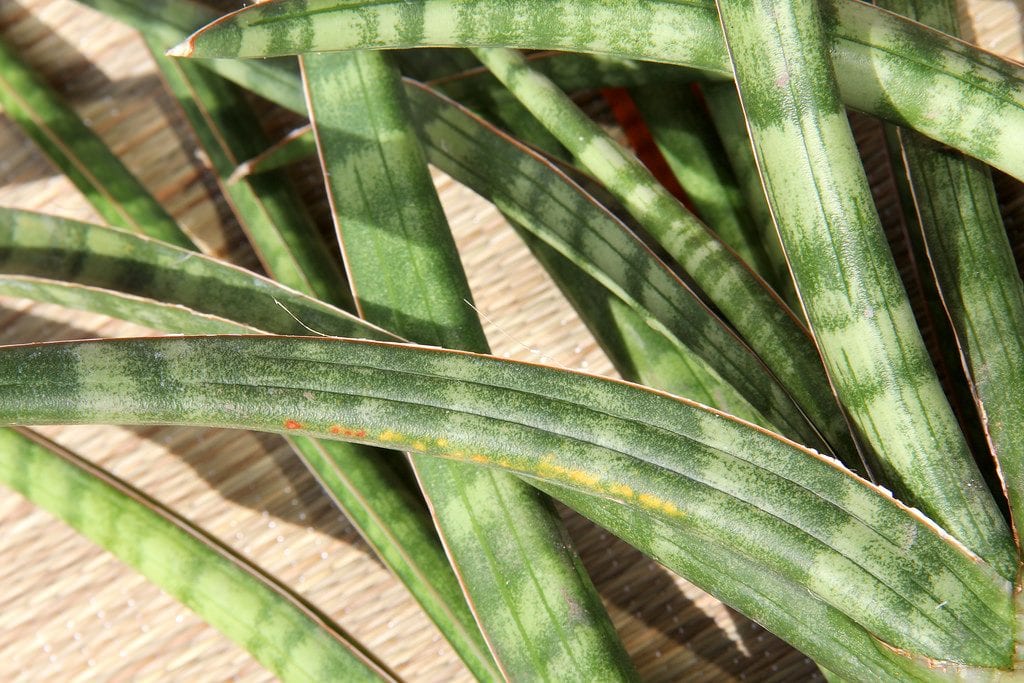
S. ebracteata
The Sanseviera, known as »Sword of Saint George», »Lizard's Tail» or »Mother-in-law's tongue», and which belongs to the genus Sansevieria From the botanical family Asparagaceae, it is a herbaceous, perennial and rhizomatous plant native to Africa that can reach 140cm in height. It is characterized by having fleshy and flat, concave or flat leaves growing forming a rosette. The inflorescences are spike or raceme shaped, and the flowers are white. The fruit is a berry inside which are the seeds.
PREMIUM QUALITY
There are several types of Sanseviera, the following being the most popular:
- S. cylindrica: with leaves in the shape of a cylindrical tube.
- S. trifasciata: with flat, variegated or green leaves. The Laurentii variety is the most common, with green leaves with yellow edges.
Sanseviera care
Sanseviera can be grown both indoors and outdoors if the climate is warm, so let's see what care it needs depending on its location:
Home care
- Location: it must be placed in a room where a lot of natural light enters, and where it is protected from drafts (both cold and warm).
- Irrigation: in summer it has to be watered twice a week, and the rest of the year it will be enough once every 2-6 days. It is important never to leave the dish under water, as its roots could rot.
- Transplant: every two years, in spring.
- Subscriber: fertilize during the growing season with mineral fertilizers for cacti and succulents, or with Nitrofoska.
- Substratum: it must have good drainage, so it is advisable to mix mulch with perlite or sand in equal parts, and put a first layer of volcanic clay inside the pot to ensure that the water drains quickly.
- Pruning: remove withered leaves and flowers.
Care in the garden
- Location: semi-shadow.
- Irrigation: no more than twice a week.
- Plantation: in spring or summer.
- Subscriber: fertilize in spring and summer with mineral fertilizers, such as Nitrofoska.
- Land: it is not demanding, but if it has a great tendency to compact or erode, it is advisable to mix it with perlite in equal parts.
- Pruning: Remove withered leaves and flowers.
- Plagues and diseases: in the rainy season you have to watch the snails, as they could damage the leaves. In this article We explain how to eliminate them using natural or chemical remedies.
- Rusticity: supports frosts down to -3ºC.
How does it multiply?
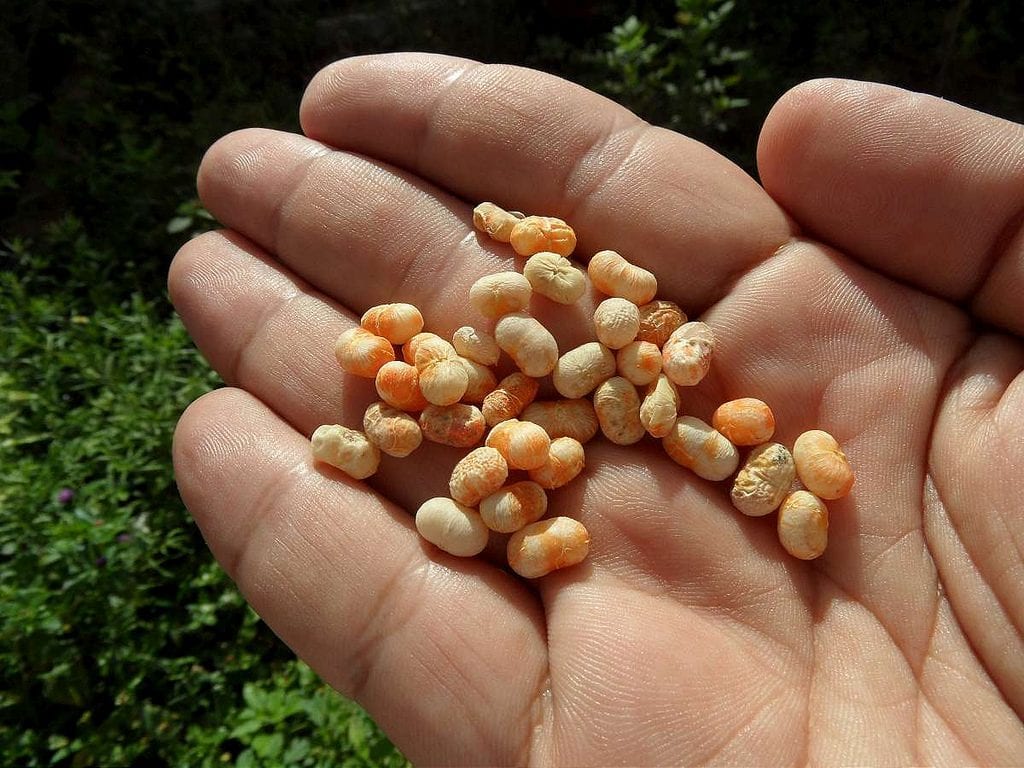
To have new specimens of Sanseviera, you can do three things: divide the plant, cut a leaf or sow its seeds. Let us know how to proceed in each case:
Divide the plant
This is a plant that can be divided very easily, thus obtaining new identical specimens that will be used to decorate other rooms in the home, to fill in those spaces that have been left empty in the garden, or to give to family and / or friends. How is it done?
Simply You have to remove the plant from the pot or from the ground, and with a knife previously disinfected with pharmacy alcohol, cut the rhizome so that each piece has leaves and roots. In this way you can separate the suckers that appear at the base.
Once you have them, You can plant them in individual pots until they root, or directly in their final location in the garden.
Cut the leaves into pieces
Another quick and easy method of multiplying it is cutting the leaves into pieces of about 5cm in length with a previously disinfected knife in spring or summer. As soon as they are, they are planted in pots with a porous substrate, such as perlite or vermiculite, and placed in semi-shade.
Sowing of Sanseviera
Although it is difficult to give seeds, sometimes you can be surprised. If you are lucky and your plant has fruited, you can sow its seeds in a seedbed with vermiculite in spring or summer. These will germinate after a maximum of two weeks.
What problems can you have?
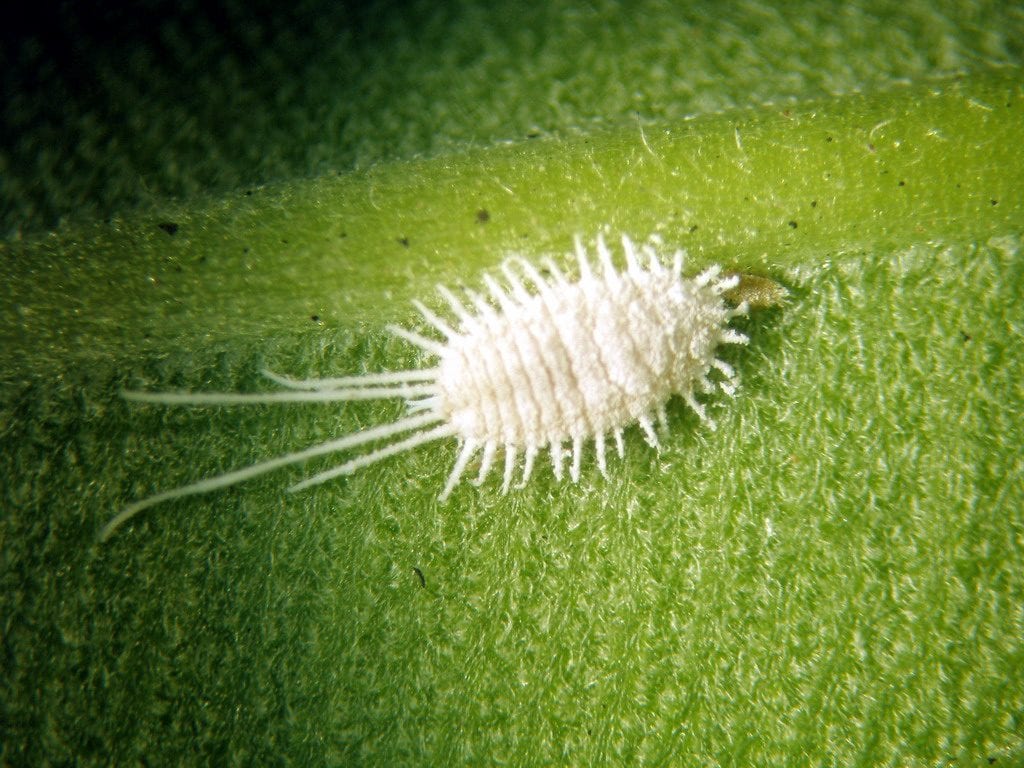
Image - Todohuertoyjardin.es
Although it is a very resistant plant, suitable for beginners, from time to time there may be some problems, which are:
- Leaves that lose their color: lacks light.
- Dry leaves that wither: lack of water.
- Rotten leaves at the base, or the appearance of brown spots: excess watering.
- Leaves with dry tips: it may be due to too much ventilation, either due to the air conditioning unit or because it is in an area that, when passing, rubs against it.
Plagues and diseases
If we talk about pests, it can be affected by cottony mealybugs, which are insects that feed on the sap, weakening the plant. They can be removed with a cotton swab dipped in water without problem.
And as for diseases, there are several fungi that can affect you, which are:
- Botrytis: a kind of gray mold appears at the base of the leaves that ends up rotting them. The affected parts have to be cut and treated with a systemic fungicide.
- Mildew: it is a fungus that causes the appearance of brown spots on the upper part of the leaves and a gray dust on the underside. The affected parts must also be cut and treated with a fungicide.
- Fusarium: causes the appearance of dry spots, reddish brown with a yellow border. It must be treated with fungicides containing Chlorthalonil.
- Gloeosporium: it is a fungus that affects the leaves, where dark brown spots will appear. It can be prevented with copper, and treated with fungicides.
Uses of the Sanseviera plant
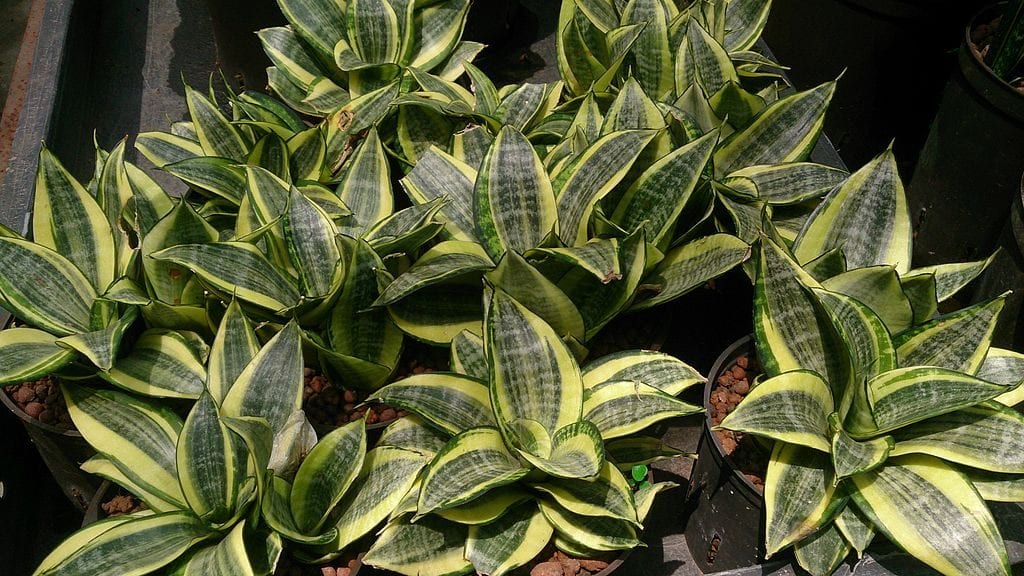
S. trifassciata 'Golden Hahnii'
It is used above all for its ornamental value. It is easy to care for, it can be in a pot throughout its life, and it looks great in any corner. But also, NASA cataloged the species S. trifasciata like an air purifying plantas it removes toxins such as benzene and formaldehyde.
So now you know, if you are looking for an extraordinary plant, Sanseviera is, without a doubt, the one you are looking for 😉.
Clear and good information. Thanks